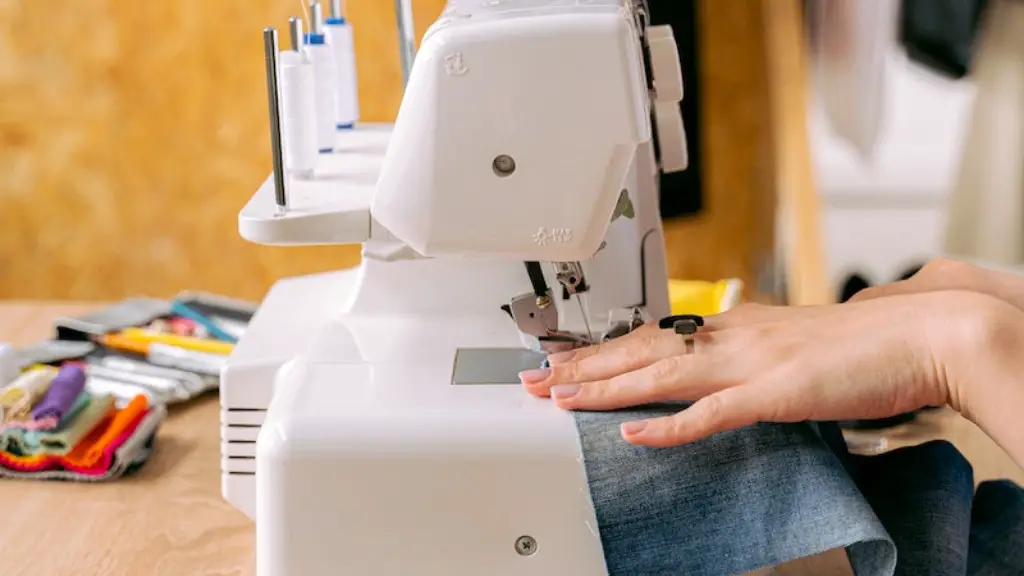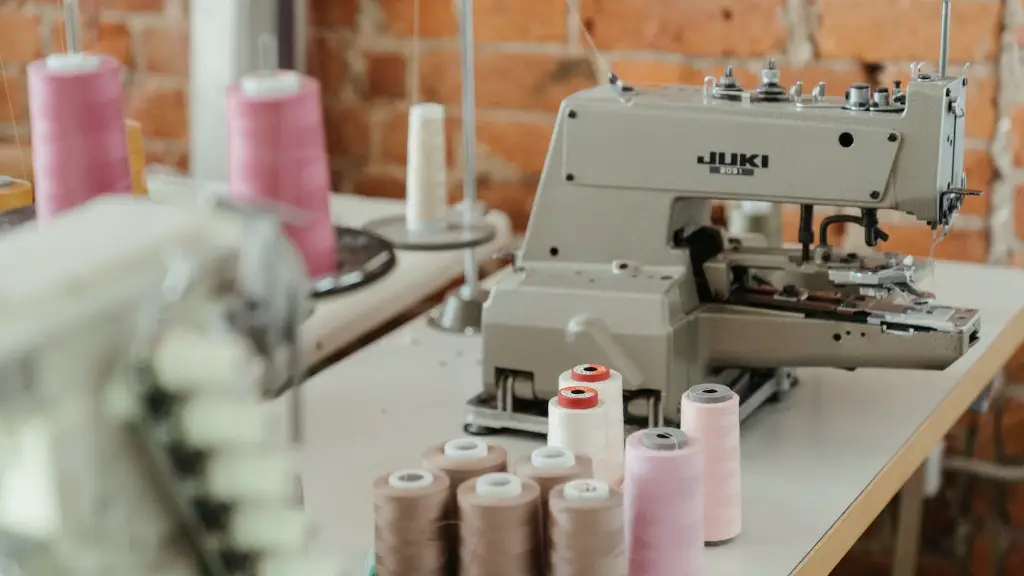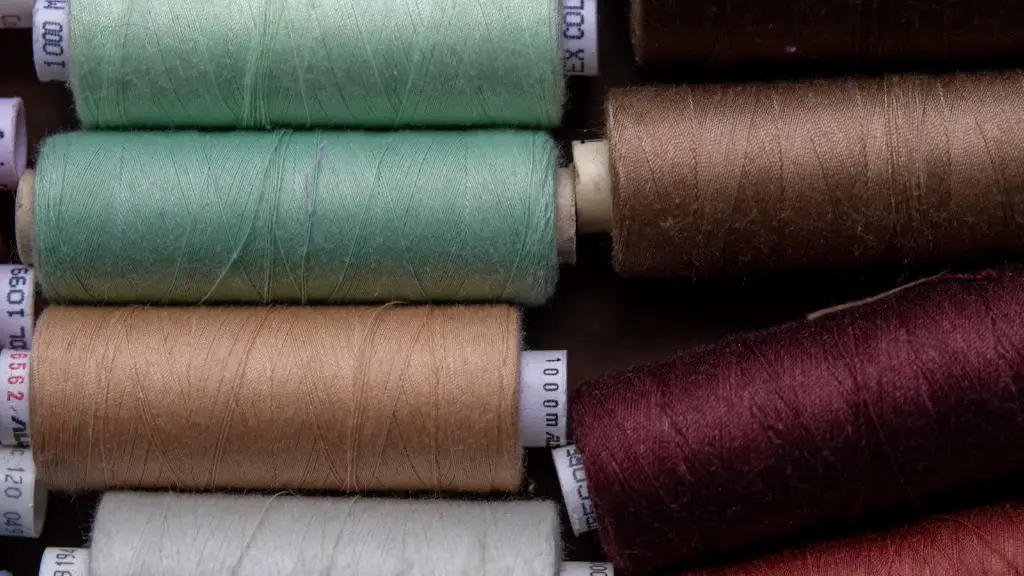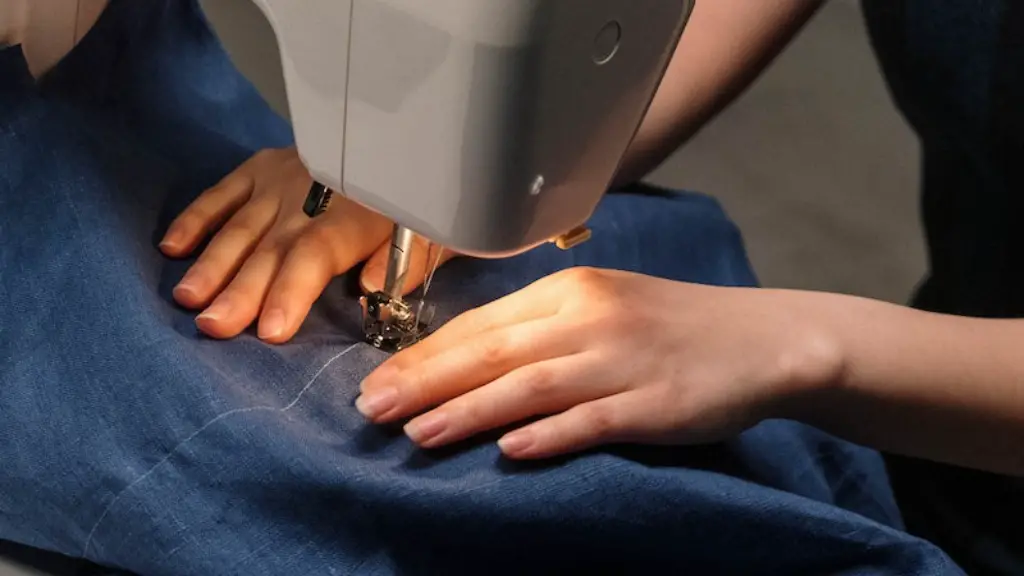As a sewist, one of the best ways to unlock your creativity and produce the garments you’ve only dreamed of is to know how to upgrade or adjust your sewing machine. Sewing machines come in many kinds, shapes and sizes and the use of specific machines can drastically alter how you use your machine.One of the most common adjustments a sewist may make to their machine is adjusting the stitch length. The stitch length is the distance of each stitch your sewing machine produces when you sew. This is an important factor when altering the strength, texture and look of the fabric, the depth of each hem or the stability of your projects. It’s important to understand the concept of stitch length and why it’s important.
Background information
When adjusting stitch length you are altering the length of each single stitch. This is measured in millimetres. A longer stitch length creates a looser stitch, a shorter stitch length results in a tighter stitch.It is advised not to go below 2mm for most sewing machines as the tighter stitches can cause tension and puts too much pressure on the fabric. The normal recommendation for most fabrics is between 2.5 and 3.5 mm. Different fabrics require different stitch lengths. For example, thinner fabrics require shorter stitch lengths that are tighter in order to prevent the fabric from puckering or stretching out of shape. Thicker fabrics require looser stitch lengths of up to 5mm in order to prevent the fabric from becoming distorted or overstretched. It is also important to understand how to use tension properly when setting up the stitch length.
Know your sewing machine
The first step to making adjustments to your sewing machine is to know how your particular machine works. Most modern machines have stitch length settings, typically located near the needle, which allow the sewist to make adjustments without taking the machine apart.This setting could have either digital or dial settings, depending on the make and model of the sewing machine. Newer models may have an automatic setting, which allows the machine to automatically adjust the stitch length as you sew.
Practice Changing the Stitch Length
To test the stitch length, it is recommended to make several stitch samples. This can be done by sewing a square or rectangle shape on a piece of fabric and then measuring the distance in between the stitches. With each adjustment, make sure to sew a few stitches on a scrap piece of fabric to make sure the length is to your satisfaction before sewing a large project.
Adjusting the Tension
In addition to adjusting the stitch length, it is important to also adjust the tension on the machine. It is recommended to do a few practice stitches with different tension settings in order to achieve the desired stitch length. Different fabrics require different tension settings. Sometimes, the tension setting need to be loosened in order to achieve a longer stitch length or tightened to achieve a shorter stitch length.
Try different techniques
The type of stitch being used also affects the stitch length. For example, a straight stitch will usually require a shorter stitch length, while a decorative stitch may require a longer stitch length in order to make the pattern stand out.These techniques may require some trial and error, but when done correctly can result in beautiful, professional looking garments.
Maintaining and Cleaning the Machine
Lastly, it is important to maintain and clean the machine regularly. This ensures that the machine is operating at its optimal performance and that the stitch length settings are accurate.Regularly take time to clean all the moving parts of the machine and lubricate any parts that require lubrication.
General Tips
In order to get the most out of your sewing machine it is important to understand the basics of stitch length, tension and the different types of stitches.Adjusting the stitch length and tension of the sewing machine is a relatively easy task that can be done with some practice and time. It is also important to take time to clean and maintain the machine in order to get consistent stitches with each project.
Common Problems
When testing the stitch length of the sewing machine, some common issues may arise. Most commonly, the stitches may appear loose or bunched up. If this happens, then the tension settings should be adjusted. Additionally, if the stitches are too tight or too loose, then the stitch length should be altered accordingly.It is important to be aware of these common issues and adjust the stitch length and tension accordingly.
Patterns and Technical Drawings
Knowing the basics of stitch length and tension of your sewing machine are important when understanding how to sew. Technical drawings, diagrams and patterns can give a sewist a great idea of the proper stitch length and tension settings to use. Additionally, following the instructions given on the technical drawings, or accompanying instruction booklet, can help ensure that the correct settings are being used.
Tools and Accessories
In order to adjust the stitch length correctly, it is important to have the right tools and accessories. A seam ripper and fabric scissors can be useful for removing any excess fabric and adjusting the length and tension of the stitches. Additionally, it is a good idea to have a variety of needles on hand, as certain types of fabrics require specific needles that can result in different sized stitches.
Artificial Intelligence
The future of sewing machines lies in the use of Artificial Intelligence (AI). AI-powered machines can help make machine adjustments in a much more precise and accurate way. This causes fewer mistakes in the production process and a more efficient machine. Additionally, AI-based stitch length can be adjusted or tweaked by the user in order to produce the desired output.
Educate Yourself on the Topic
Adjusting the stitch length of a sewing machine may seem daunting but with the right education and practice, one can confidently make adjustments to the machine. Research is key in understanding stitch length and tension settings, as well as familiarising yourself with the different types of stitches and fabrics. Additionally, reading reviews and talking to other sewists can give insight into their experience with different makes and models of machines.



